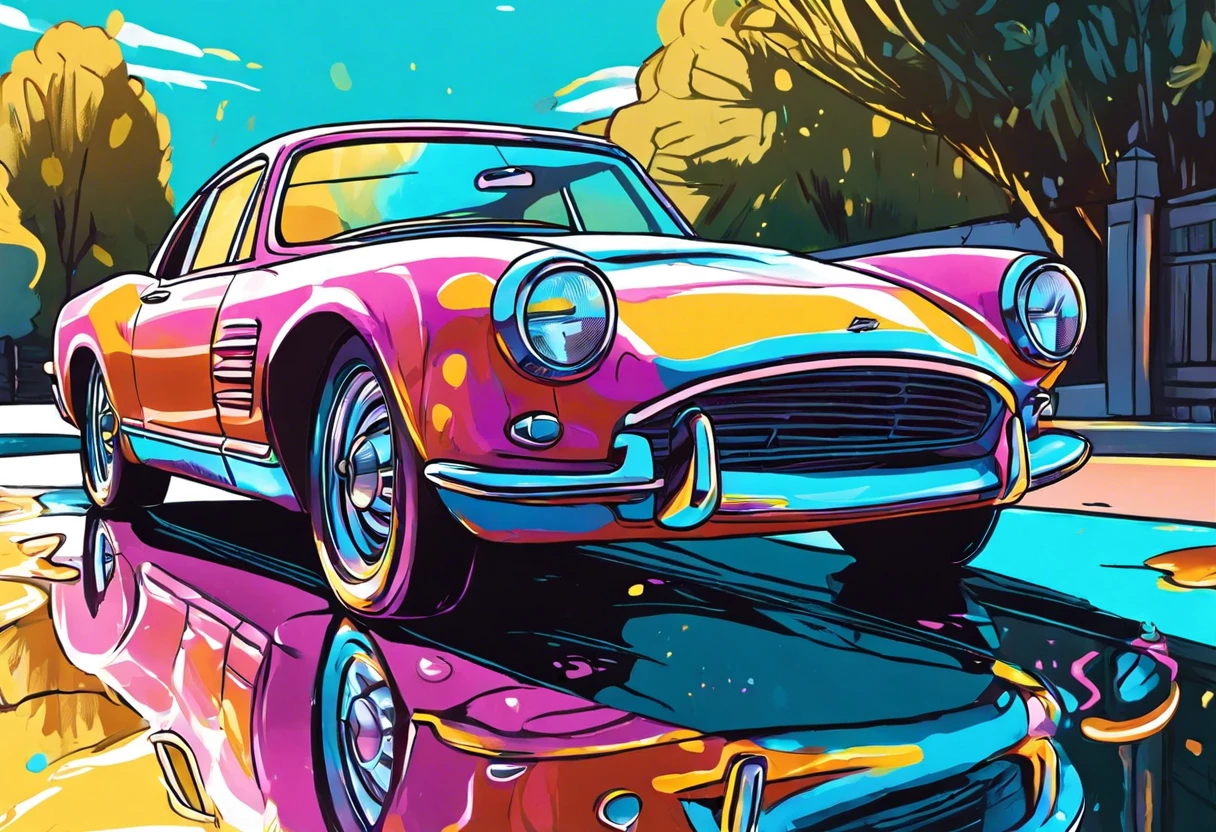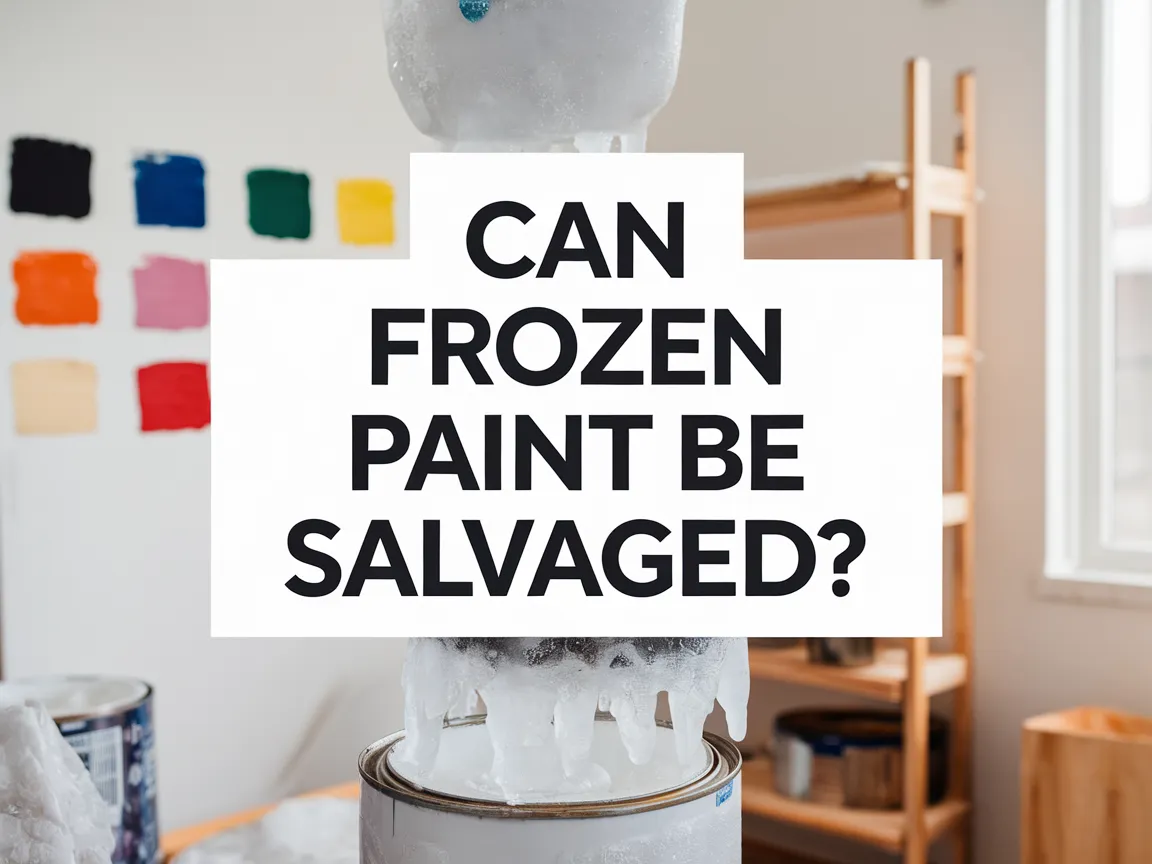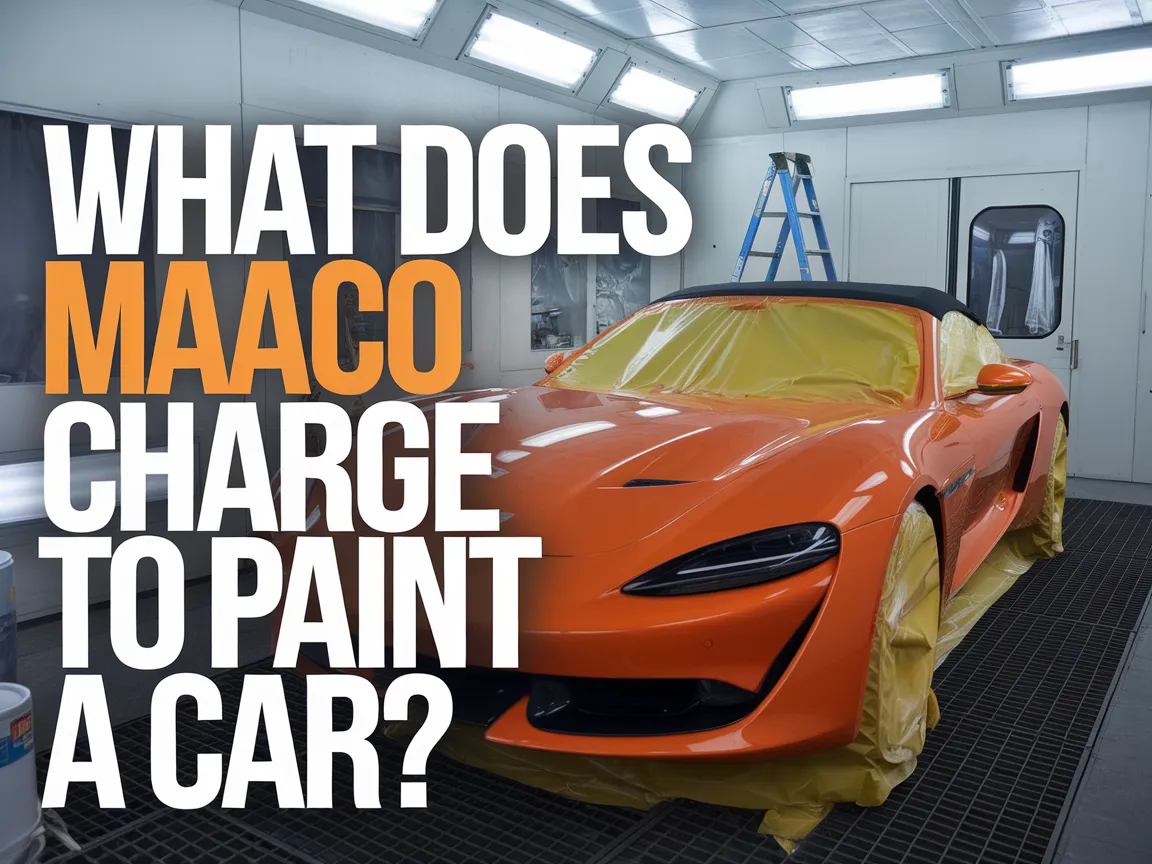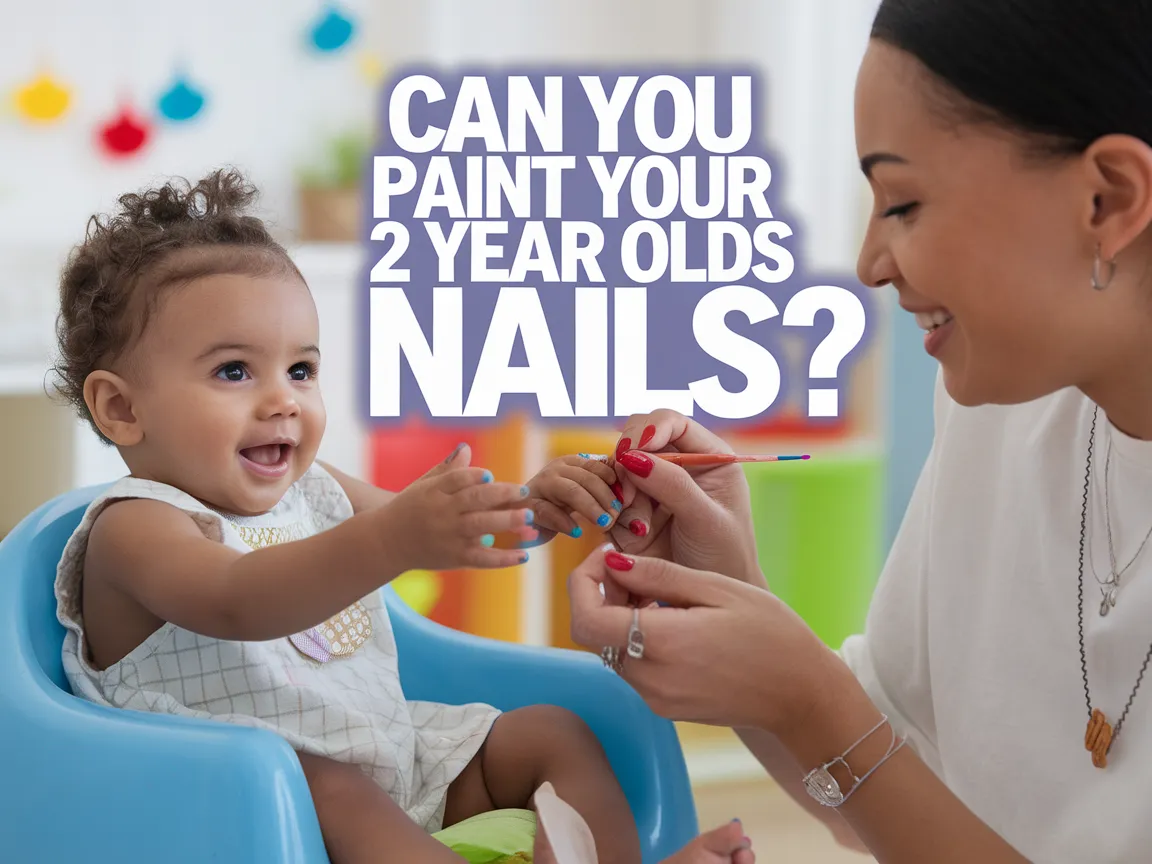Can Goo Gone Be Used on Car Paint?
Car paint is the colorful layer that makes your vehicle shine. Think of it like a magic jacket that protects and decorates your car!
When asking can goo gone be used on car paint, it’s super important to know what you’re doing. I once used it to fix a sticky mess, and it worked wonders, but I had to be careful not to damage the paint!
In this article, we’ll dive into what car paint is, key points to think about before you start, a step-by-step guide, different types of car paint and their reactions to Goo Gone, common issues that come up, and some fun DIY car care ideas. You’ll get all the scoop on how to get gum off car paint and more!
Contents
- 1 Can Goo Gone Be Used on Car Paint?
- 2 What is Car Paint?
- 3 Important Considerations Before You Start
- 4 Step-by-step Guide to Using Goo Gone on Car Paint
- 5 Types Of Car Paint and Their Reactions to Goo Gone
- 6 Understanding the Science Behind Goo Gone and Car Paint
- 7 Factors Affecting the Use Of Goo Gone on Car Paint
- 8 Common Issues When Using Goo Gone on Car Paint
- 9 Finishing Touches After Using Goo Gone
- 10 Frequently Asked Questions About Using Goo Gone on Car Paint
- 11 Conclusion
- 12 Useful Resources
Can Goo Gone Be Used on Car Paint?
Yes! You can use Goo Gone on car paint. It’s safe for various finishes. Just apply gently, and wipe off any residue with a soft cloth. Always test on a small area first.
What is Car Paint?
Car paint is a specialized coating that protects a vehicle’s exterior while adding color and finish. It typically consists of several layers: primer, base coat, and clear coat, with a thickness of about 50-120 micrometers (0.002-0.005 Inches). If you’re curious about exploring different automotive paint applications, painting techniques extend beyond automotive surfaces.
The Finishing Touch
A freshly painted wall is a blank canvas. The best way to bring your room to life is with a single piece of statement art that ties everything together.
Browse Wall Art at Big Wall DecorThere’s been some discussion about using Goo Gone on car paint. I once dealt with the sticky residue left by a bumper sticker, which made me curious about Goo Gone’s effectiveness in similar situations.
I used Goo Gone on stubborn vinyl decals that wouldn’t budge. While it worked well, I learned an important lesson about strong solvents: it’s vital to know which products are safe for car paint. You wouldn’t want any product ruining that sleek finish! If you’re curious about alternative methods for decorating surfaces without damaging paint, creative painting techniques might offer some interesting alternatives.
Important Considerations Before You Start
What do you need to prepare for?
- Goo Gone Gel: Use the specific Goo Gone Gel product, like Goo Gone Automotive. It breaks down sticky residues without damaging car paint.
- Microfiber Cloths: Get high-quality microfiber cloths, such as Brand X Microfiber, for safe application. They protect your paint’s finish while cleaning.
- Masking Tape: Use blue painter’s tape, like 3M Blue Painter’s Tape, to protect non-targeted areas during cleaning.
- Bucket: Use a clean 20-liter (5-gallon) bucket for the water solution to keep your workspace tidy and organized.
- Car Wax: Obtain a high-quality car wax, like Meguiar’s Gold Class, to protect your car after treatment. It shields your paint from future damage.
We have now covered key factors to consider beforehand. Next, we’ll discuss a detailed guide for using Goo Gone on car paint.
Also See: Can You Throw Away Paint? Dispose Of It Responsibly!

Step-by-step Guide to Using Goo Gone on Car Paint
Here’s how to use Goo Gone on automotive surfaces effectively.
The Finishing Touch
A freshly painted wall is a blank canvas. The best way to bring your room to life is with a single piece of statement art that ties everything together.
Browse Wall Art at Big Wall Decor-
Clean the Surface Before Applying Goo Gone
Wash the affected area with soap and water to remove dirt and grime. This is crucial; debris can scratch the paint while you work.
Use a microfiber cloth to be gentle on the surface. A high-pressure wash isn’t necessary, but a spray nozzle works well.
-
Apply Goo Gone Strategically
Pour a small amount of Goo Gone onto a clean cloth or sponge. Rub it carefully over the area, concentrating your application.
For stubborn residues, like gum or stickers, let it sit for five minutes to soften the material before gently rubbing it away. This helps break down the bonds with minimal effort.
-
Rinse Thoroughly After Application
After removing the residue, rinse the area with water immediately. Goo Gone shouldn’t be left on the paint longer than necessary, as it can damage the clear coat.
Use a bucket of water and a soft cloth for a final rinse. After rinsing, dry the surface with a microfiber towel to prevent water spots.
We covered using Goo Gone on car paint here. We will now cover car paint types and their reactions to Goo Gone.
Types Of Car Paint and Their Reactions to Goo Gone
Let’s explore the various types of car paint: Metallic, Matte, Pearl, and Clear Coat.
-
Metallic Paint
Metallic paint contains tiny metal flakes that create a shimmering effect. You can use Goo Gone carefully, but test it first, as it may dull the finish.
-
Matte Finish
Matte paint has a flat, non-reflective finish. Goo Gone can cause stains that are difficult to remove, so always do a spot test first.
-
Pearl Paint
Pearl paint provides depth with its unique shine, created using pearl-like pigments. Use Goo Gone cautiously, as it may disrupt the color shift of pearl paint.
-
Clear Coat
Clear coat protects the underlying paint. You can use Goo Gone on clear coat, but don’t overuse it; excessive application may cause cloudiness over time.
I’d like to share what’s worked for me with Metallic paint. When removing sticky residues, a gentle touch with Goo Gone kept the glitter intact and looking sharp.
We’ve wrapped up the types of car paint and their responses to Goo Gone here. Let us turn our attention to the science behind Goo Gone and car paint.
Understanding the Science Behind Goo Gone and Car Paint
Ever wondered how Goo Gone interacts with car paint? Let’s break it down.
-
Composition of Goo Gone
Goo Gone contains solvents like d-limonene. This natural oil from citrus peels helps dissolve sticky substances without stripping paint layers. Neat, right?
-
How it Works
When you apply Goo Gone, it penetrates the adhesive bond. This makes it easier to remove unwanted substances without heavy scrubbing. It’s science at work!
-
pH Levels
Goo Gone is slightly acidic (pH around 6). This mild acidity helps it be effective while staying relatively safe on many types of car paint. Always check before using!
So far we covered the science of Goo Gone and its interaction with car paint. Let’s look at the factors influencing its effectiveness.

Factors Affecting the Use Of Goo Gone on Car Paint
What factors should you consider before using this cleaner on your car?
-
Paint Type:If your car has a clear coat or single-stage paint, results may vary.
-
Goo Gone Formula:The original formula versus newer formulas can affect compatibility with car paint.
-
Exposure Duration:Letting it sit too long can damage the paint surface.
-
Environmental Conditions:Temperature and humidity levels impact how the product works on paint.
Common Issues When Using Goo Gone on Car Paint
My friend tried using Goo Gone to remove a sticker from his car. It damaged the paint finish, leaving cloudy spots. He didn’t expect this to happen!
To fix it, gently apply a rubbing compound, like 3M’s Perfect-It II, using a foam pad. Test it on a small area first. Classic cars need about 3000-grit sandpaper for deeper touch-ups.
Finishing Touches After Using Goo Gone
After cleaning your car’s paint with Goo Gone, protect the surface by applying a high-quality sealant. Use products like Meguiar’s M23 for enhanced shine and maximum protection against the elements. To fully comprehend the composition and protective qualities of automotive paint, check out automotive paint’s intricate chemistry.
Inspect your car closely within 24 hours. Look for any dull patches or inconsistent gloss levels; ideally, the surface should maintain a gloss level of 90% or higher. Use a gloss meter to measure.
Here’s a tip: Apply a ceramic coating, like Gtechniq C1, as a durable barrier right after treatment. This method ensures optimal protection against UV rays and contaminants, keeping that fresh look longer.
The Finishing Touch
A freshly painted wall is a blank canvas. The best way to bring your room to life is with a single piece of statement art that ties everything together.
Browse Wall Art at Big Wall DecorFrequently Asked Questions About Using Goo Gone on Car Paint
What Are the Pros and Cons Of Using Goo Gone on Car Paint?
Yes, the pros and cons of using Goo Gone on car paint matter. The pros include its ability to effectively remove sticky substances without scratching. In contrast, the cons are the potential to harm certain paint finishes if left too long or used incorrectly.
Is Goo Gone Safe for All Types Of Car Paint?
No, Goo Gone isn’t safe for all types of car paint. Some high-end finishes or custom paints might react badly to the chemicals. Always check with your paint manufacturer before using to avoid damage. If you’re curious about alternative methods for paint care, you might want to explore creative paint protection techniques.
How Can I Remove Stubborn Adhesive From Car Paint?
To remove stubborn adhesive from car paint, use a specialized adhesive remover like Goo Gone. For best results, apply it directly, let it sit for about 3–5 minutes, then gently wipe off with a soft cloth. If you’re unsure about handling paint damage during the removal process, you might want to explore professional paint repair techniques.
What Should I Do if Goo Gone Damages My Car Paint?
If Goo Gone damages your car paint, you need to assess the damage. Often, a good polish can restore the shine. If that doesn’t fix it, consider taking your car to a professional detailer to repair the finish. When dealing with paint restoration challenges, you might also want to explore specialized painting techniques that can help you address surface imperfections effectively.
Are There Alternatives to Goo Gone for Car Paint?
Yes, there are alternatives to Goo Gone for car paint removal. Options include rubbing alcohol or specialized automotive adhesive removers. These can effectively remove residue without risking your paint job. When choosing the right solution, you might want to explore professional paint protection techniques.
How Long Should You Let Goo Gone Sit on Car Paint?
When using Goo Gone on car paint, let it sit for 3–5 minutes. This wait time allows the product to penetrate the adhesive, making it easier to wipe away without harsh scrubbing.
Can I Dilute Goo Gone for Car Paint?
Yes, you can dilute Goo Gone for car paint if it seems too strong. Mixing it with a bit of warm water can make it less aggressive while still capable of removing residue effectively.
What Should I Use for Hard-to-remove Tar on Car Paint?
For hard-to-remove tar from car paint, use a tar remover specifically designed for automotive finishes. These products are formulated to break down sticky substances without hurting your paint. If you’re dealing with similar surface challenges like asphalt residue, professional paint techniques can help.
Conclusion
We covered the nature of car paint, important considerations before using products, the step-by-step guide for applying Goo Gone, the types of paint and their reactions, and common issues with usage.
In summary, can Goo Gone be used on car paint? Yes, but it’s essential to conduct a test beforehand. We explored various factors that influence this, such as paint types and potential reactions.
For further professional insights, visit Paint Answers.
Useful Resources
- Loomis, A. (2011). Figure Drawing for All It’s Worth. New York, NY: Titan Books.
- Goo Gone for Cars – Automotive Spray Gel | Goo Gone
- Goo Gone destroys car paint??? | Team Integra Forums
Experienced interior designer with 15+ years in transforming spaces, blending artistry with expertise in color and design. Rhode Island School of Design graduate, specializing in restorations and modern makeovers.
Car, Misc.









